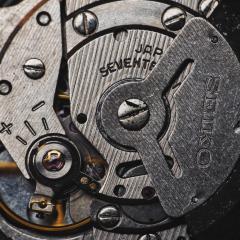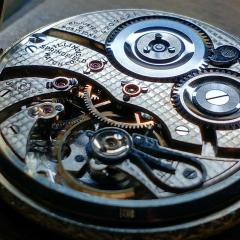-
Similar Content
-
Recently Browsing
- No registered users viewing this page.
-
Topics
-
Posts
-
Hi, My name is Simeon I am based in Sydney, Australia and have recently got into watch repair / watch making. I am very much a learner having serviced multiple forgotten watches, some of which were actually successful! I have a slowly growing collection of watches, mainly old Soviet, a few Japanese and (not pictured) some Raketas, a Poljot Alarm, an Omega Speedmaster Reduced and a vintage (1972) Tissot Seastar. I like unloved vintage watches, with quirky faces and enjoy bringing them back to life through the simple(!) act of disassembly, clearing and reassembly. I am an Electrical Engineer who also undertook a trade apprenticeship so I am reasonably handy - It's fair to say, I know just enough to get myself in trouble.
-
By DonEilenberger · Posted
Sorry to reopen a necro-thread (long dormant) - I have a Seiko Kinetic 5M42A that needs at least one coil, possibly both. Anyone know of any sources? The usual fallback of eBay has failed me - there are people selling coils, but not the ones for this movement (which was apparently a very popular movement, used in Seiko and Pulsa branded watches.) The coil numbers are: 4002 516, and 4002 519 I'd also love to find a source for spares of the screws used all over this movement - they're Seiko PN 0022 247 Thanks! (Moderator - if this should be a new thread, please do feel free to tell me, or drag this one into a new thread.) Don Eilenberger -
Hi a read what you told me but a still can't understand how to tell what way do you mean when you said the shape example?
-
I didn't take it apart until after you kindly explained its function! In fact mine doesn't work exactly the same way as described in the link OH provided in that it's not the whole block that moves but just the internal spring & its support. However, the 'franken-spring' I've cobbled together pending the right one turning up is, it seems, too thick to slip through the join in the two halves of the block as the mechanism is activated....
-








Recommended Posts
Join the conversation
You can post now and register later. If you have an account, sign in now to post with your account.
Note: Your post will require moderator approval before it will be visible.